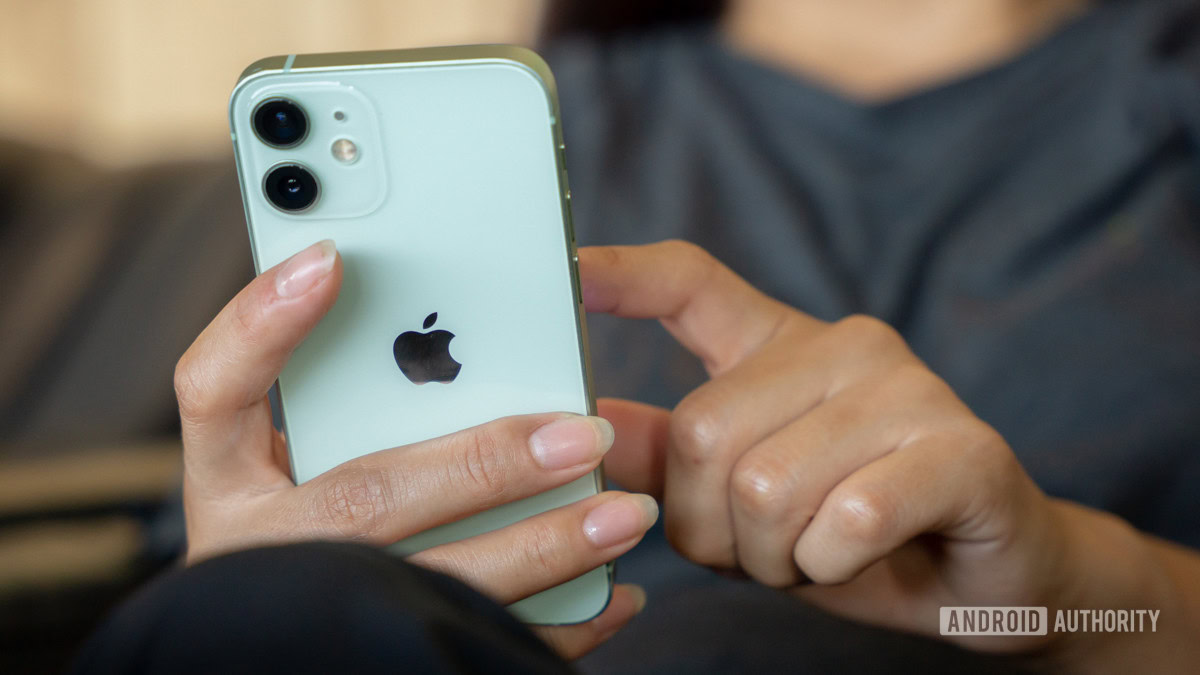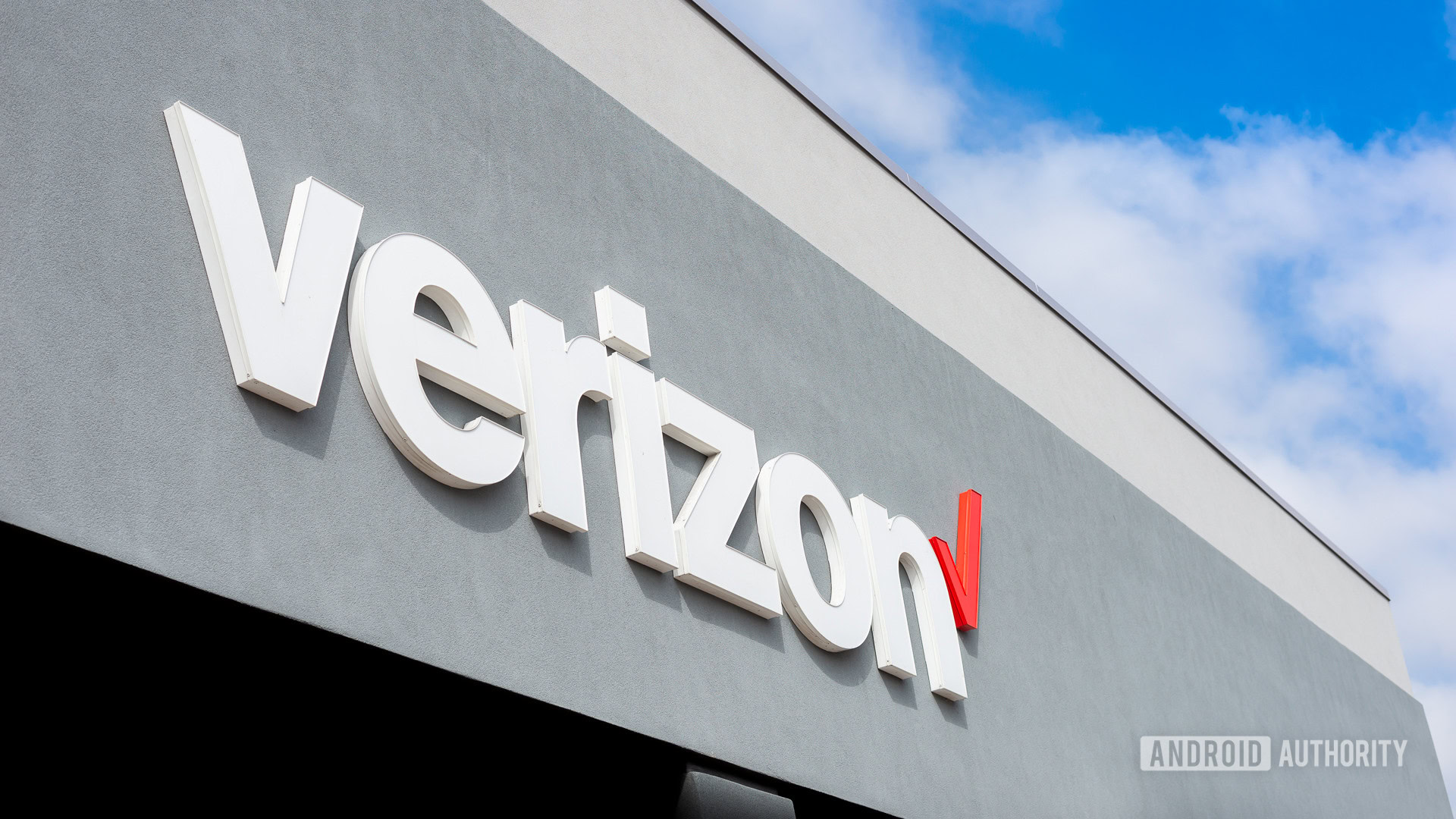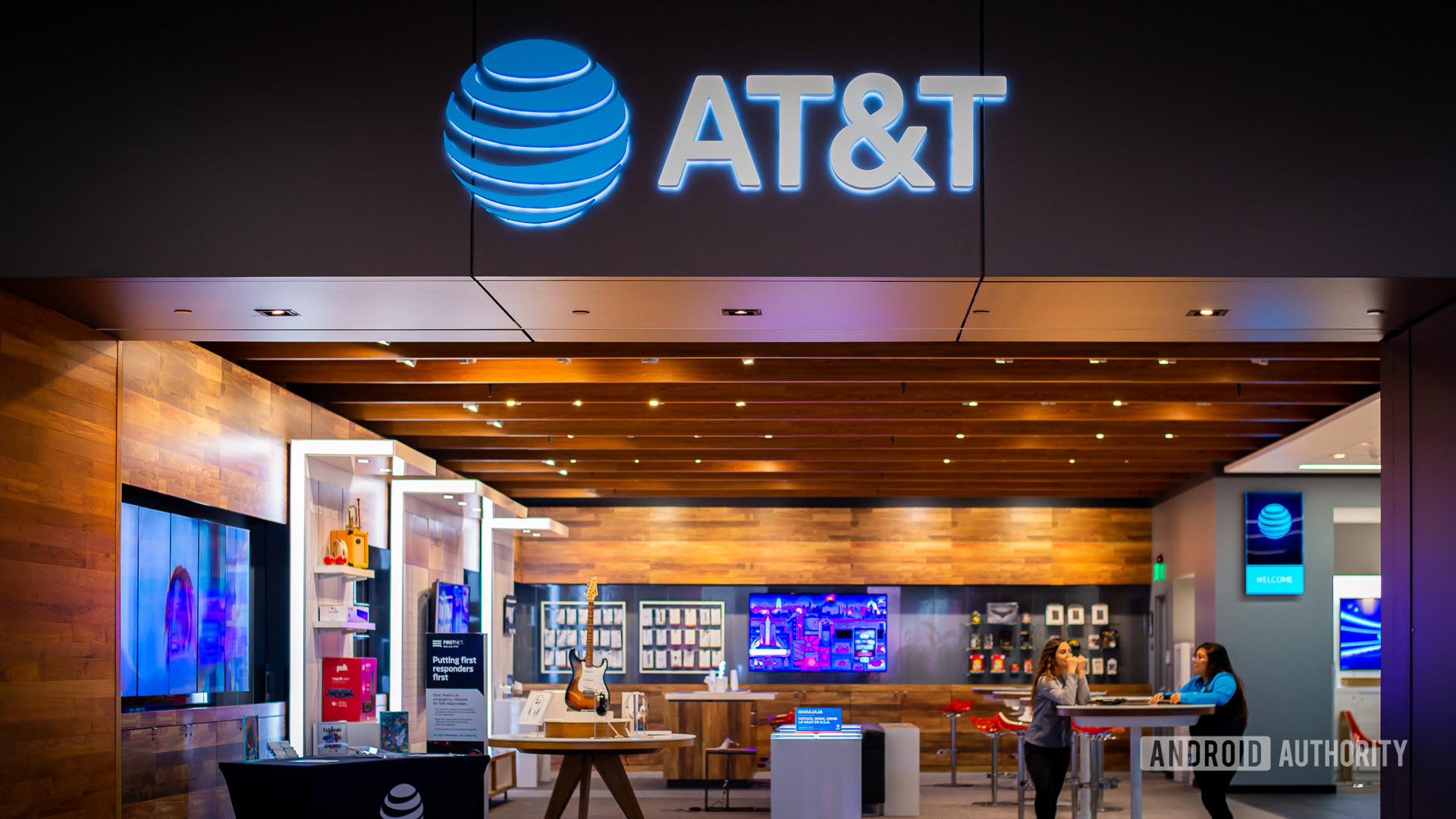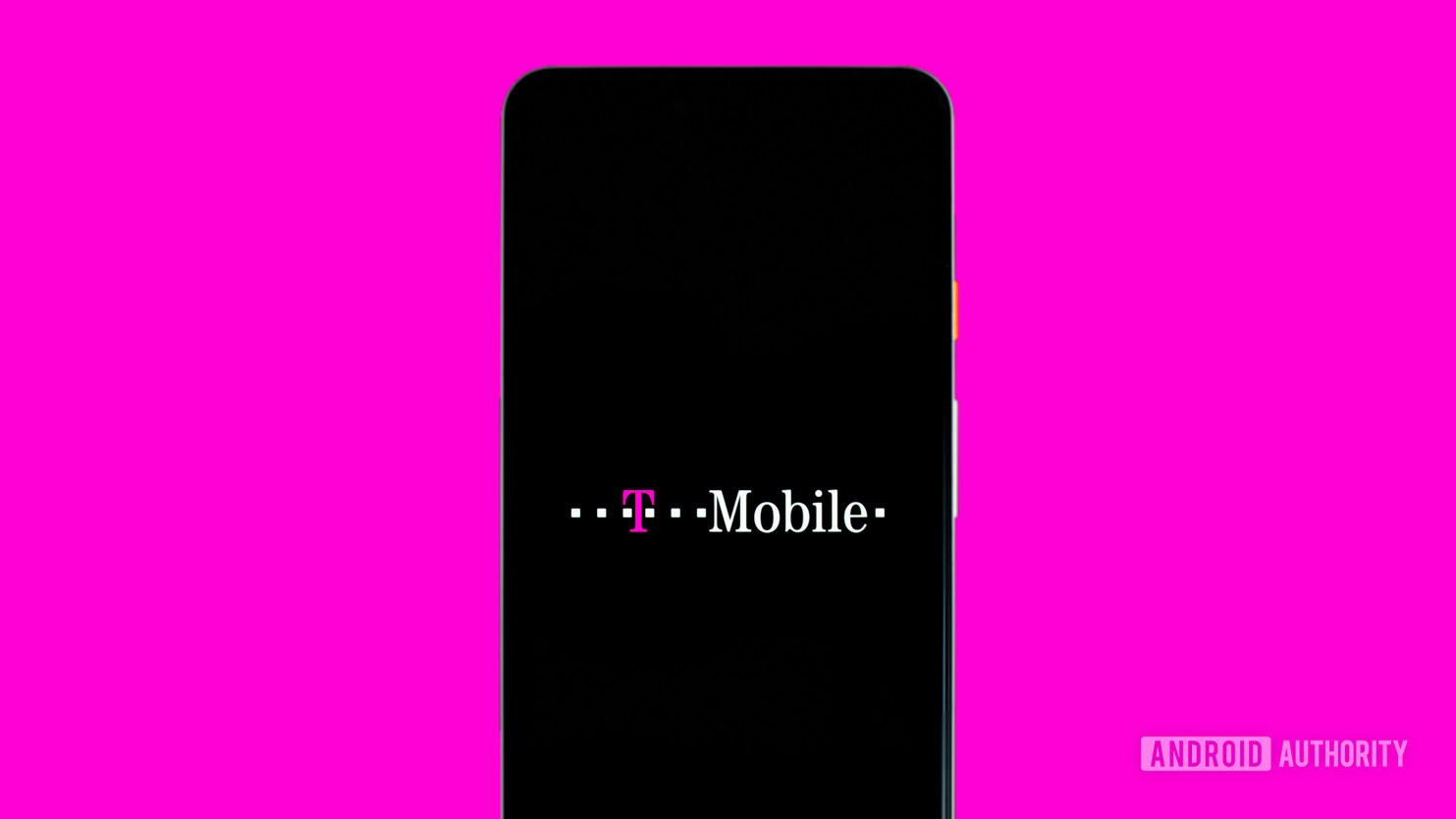Affiliate links on Android Authority may earn us a commission. Learn more.
How to activate an eSIM on your iPhone
Don’t you just love the 21st century? Gone are the days of second mobile phones, work phone lines, and expensive tariff plans for international travel. Now, if you want more than one mobile phone number, and the phone is new enough, you simply need to buy and activate an eSIM. An eSIM gives you another phone number without the hassle of a physical SIM card. There are many pros and cons to an eSIM, but one huge pro is the ease of setup. Here’s how to set up and activate an eSIM on your iPhone.
QUICK ANSWER
To set up an eSIM on your iPhone, go to Settings > Cellular and tap Add eSIM. From there, you can tap on Set up eSIM. You might be prompted to scan a QR code provided by your carrier or transfer an existing eSIM from your current device.
The process might be a bit more involved with some carriers. Keep reading, and we can help you get your iPhone set up on some popular network providers. Some require you to contact the carrier support team, and they might push the eSIM to your device manually. It's also possible to transfer eSIM from iPhone to iPhone, or you can convert a physical SIM to an eSIM. Keep reading to learn all the details.
JUMP TO KEY SECTIONS
Methods for adding an eSIM to your iPhone

Depending on which iPhone you have and where you bought it, setting up an eSIM can be as simple as powering on your device and following on-screen prompts. You should be in for smooth sailing if you purchased your phone directly from your carrier. However, we’ll also dive into some steps you might have to take if you bought your new iPhone unlocked.
Getting to the eSIM settings during the initial setup
As mentioned, if you bought your iPhone through your mobile carrier, you might not have to do much of anything. Top US carriers like Verizon, T-Mobile, and AT&T support what Apple calls Carrier Activation, so your eSIM might be preloaded on your phone. If that’s the case, here’s all you have to do:
- Swipe up on the welcome screen to start setting up your iPhone.
- Select your Wi-Fi network of choice and enter your password.
- Wait for the Setting Up Cellular display to appear, at which point the iPhone will activate your eSIM.
- Press Continue once you see Cellular Setup Complete.
Getting to the eSIM options through the settings
If you’ve already owned an iPhone, there is no need to go through the initial setup process. You can simply add an eSIM in the settings.
- Launch the Settings app.
- Go into Cellular.
- Select Add eSIM.
- You’ll now be asked if you want to Transfer From Nearby iPhone or Use QR Code. Pick what applies to your situation.
How to convert your SIM card to eSIM on an iPhone
Depending on your carrier and device, you might be able to convert a physical SIM into an eSIM in just a few minutes. This is especially helpful if you’re moving from an older iPhone to a newer one, as it skirts the need for a QR code. Unfortunately, not all carriers support this option, which would make the process much simpler. It also won’t work on a US-based iPhone 14 because it lacks a SIM slot. Here’s what to do.
- Open the Settings menu and head to Cellular.
- Tap Convert to eSIM. If you don’t see this as an option, your carrier doesn’t support the feature.
- If you do see Convert to eSIM, select Convert Cellular Plan.
- Tap Convert to eSIM (again).
- Once your eSIM activates, remove your physical SIM and restart your iPhone.
Note: Steps in this section were put together using an iPhone 12 Mini running iOS 16.2. Some steps may differ depending on your model and the iOS version it’s running.
How to set up an eSIM with iPhone on Verizon

How you add an eSIM to a Verizon Wireless iPhone depends on your specific situation. The process is different if you’re changing devices in an existing line, or if the line is new. Let’s walk you through both methods.
How to set up an eSIM on iPhone if you’re switching devices on Verizon
- Go to the My Verizon website and log in.
- Go into Activate a Device on an Existing Line.
- Pick which type of eSIM to activate. For iPhone 10-13 models, it’s IMEI2. If it’s an iPhone 14, simply choose the IMEI.
- Follow the instructions provided by Verizon.
Set up an eSIM on iPhone if you’re adding a new Verizon line
- You can use the My Verizon app to enable an eSIM on a new account. This can also be done from the Bring your own device page, where you can become a new customer and set up an eSIM.
- Those adding a line can use the Add a line page on My Verizon. It can also be done from the app.
- Activating your eSIM, regardless of the process, simply requires following the on-screen instructions.
How to set up an eSIM with iPhone on AT&T

Adding an eSIM is a bit more annoying with AT&T, simply because it usually requires more involvement from the carrier. Sometimes, you’ll have to call and have them set it up manually, if you are simply changing devices. You can also use the Bring Your Own Device AT&T page, but that doesn’t always work, depending on your account or device. Regardless of the option, AT&T will have to push this eSIM to your device, and you’ll get a notification to activate it.
- Call AT&T or access the Bring Your Own Device page.
- Once you request an eSIM, AT&T will request the phone’s IMEI and EID.
- Make sure you are connected to Wi-Fi.
- The carrier will push the eSIM to your device. You’ll get a notification that says AT&T Cellular Plan Ready to be Installed.
- Hit Continue and follow instructions.
How to set up an eSIM with iPhone on T-Mobile

The process is very similar when setting up an eSIM on an iPhone with T-Mobile. You’ll need some help from the carrier (or Uncarrier).
- Contact T-Mobile and provide the team with your device’s EID.
- Make sure your device is connected to Wi-Fi.
- When T-Mobile support pushes the eSIM to your device, select the notification.
- Hit Continue.
- Go to Cellular.
- You’ll be able to see the eSIM activating. The device will be ready soon enough.
Now, the process is actually very easy if you’re going with a T-Mobile prepaid plan. Magenta has released a T-Mobile Prepaid eSIM app to handle all the work.
How to set up an eSIM with iPhone on Google Fi

Google tends to be up-to-date on all technologies, so it’s no surprise that their setup process for activating an eSIM is so simple. All it takes is downloading the app and following instructions.
- Of course, you’ll need a Google Fi account, so go to the website to sign up if you haven’t. Make sure to opt in for eSIM activation.
- Download and launch the Google Fi iPhone app.
- Sign into your account and follow the instructions.
- Hit Get Started to begin eSIM activation.
- If you have a second device you can use, use it to go to the Quick Setup page and follow the instructions to get a QR code.
- Go to Settings > Cellular > Add eSIM > Use QR Code.
- Scan the QR code provided to you by Google Fi.
- If you don’t have a secondary device handy, select Don’t have a computer?.
- Follow the instructions to finish the eSIM activation.
Read more: As a frequent traveler, I’ll never buy a phone without an eSIM slot
FAQs
Apple introduced eSIM on the iPhone XS, XS Max, and XR, and all newer iPhones support it as long as they have iOS 12.1 or later.
Yes, in fact, the iPhone 14 can support up to eight eSIM downloads at a time. Only two can be active at any given point, though.
Additional costs and limited carrier compatibility mean that, although many see eSIM as the future, it still requires brands to jump through hoops before adopting it.
If your phone supports dual-SIM with a physical SIM tray, then yes. However, the iPhone 14 does not have a SIM tray in the US and, therefore, can only support multiple eSIM downloads and two active simultaneous eSIMs.